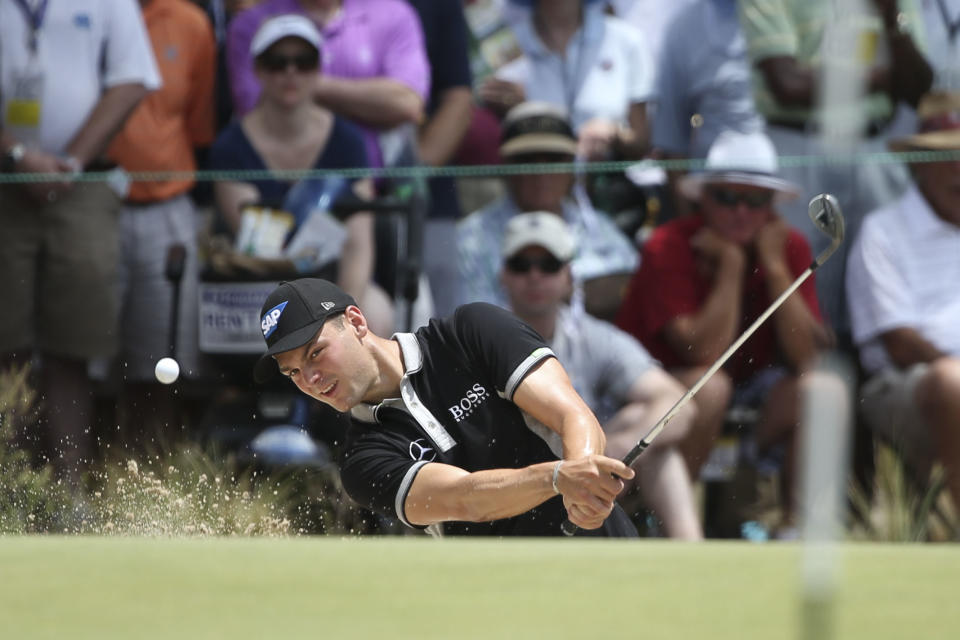U.S. Open 2024: What will be the hardest hole at Pinehurst? One devilish par 3 has a shot

What will be the most difficult hole at Pinehurst No. 2 for the 2024 U.S. Open? If recent history is any indication, forget about the long par 4s.
No. 6, a par 3 that is listed as 228 yards on the USGA’s official scorecard, could easily take the top spot … again.
In the 2014 U.S. Open – the only of three previous Opens at No. 2 since the Donald Ross design was renovated by Bill Coore and Ben Crenshaw in 2011 – the sixth played to an average of 3.374. That made it the most difficult hole in relation to par.
No. 6 surpassed No. 16 and its 4.341 average, and No. 16 is a 536-yarder that plays as a par 4 in the U.S. Open but is normally a par 5 for resort guests and members.
The next three toughest holes were No. 2 (par 4, 4.339 average), No. 8 (par 4, 4.336 average, another converted par 5) and No. 11 (par 4, 4.323 average).
In all, No. 6 gave up 12 birdies in that 2014 U.S. Open, with 270 pars, 150 bogeys, 13 double bogeys and one “other.” Martin Kaymer, who won that Open by eight shots, played the sixth in 1 over for the week, making one bogey in the third round against three other pars.
U.S. OPEN: Tournament hub | Hole-by-hole | Field | How to watch
What makes No. 6 so daunting? For starters, it’s will be a long iron for most of the Open field. The green features runoffs in all directions – a Pinehurst No. 2 specialty – and the putting surface is set at an awkward angle, offset back and to the left. That makes it especially hard to hold the surface, as balls hit to the center/front portion of the green can run through if struck too firmly. Any attempt to fly the ball deeper into the green brings the bunkers even more into play.

Eventual winner Martin Kaymer blasts from a bunker on No. 6 during the second round of the 2014 U.S. Open at Pinehurst No. 2. (Photo: Jason Getz-USA TODAY Sports)
Even shots that land near the center of No. 6 green but are hit with sidespin are likely to turn and find one of two deep bunkers waiting on both sides. A hump and a slope on the front of the green also wait to reject shots, frequently forcing balls to the left and into the deeper of the two bunkers.
Players who find themselves in the left bunker must blast a high shot with spin onto the putting surface. Expect to see multiple efforts fail to clear the lip after players try to shave it too close when blasting out to a short-sided pin on a green that runs away from the trap – it really is a devilish spot, even for the best players in the world. If the rains hold off and No. 2 is playing particularly firm and fast, it will be even more difficult.
Basically, it’s just a very hard hole with no real place to miss. It’s often said the greens are the faces of a golf course, and if that’s true, then No. 6 has two giant sandy, crooked ears and a wicked smirk.
